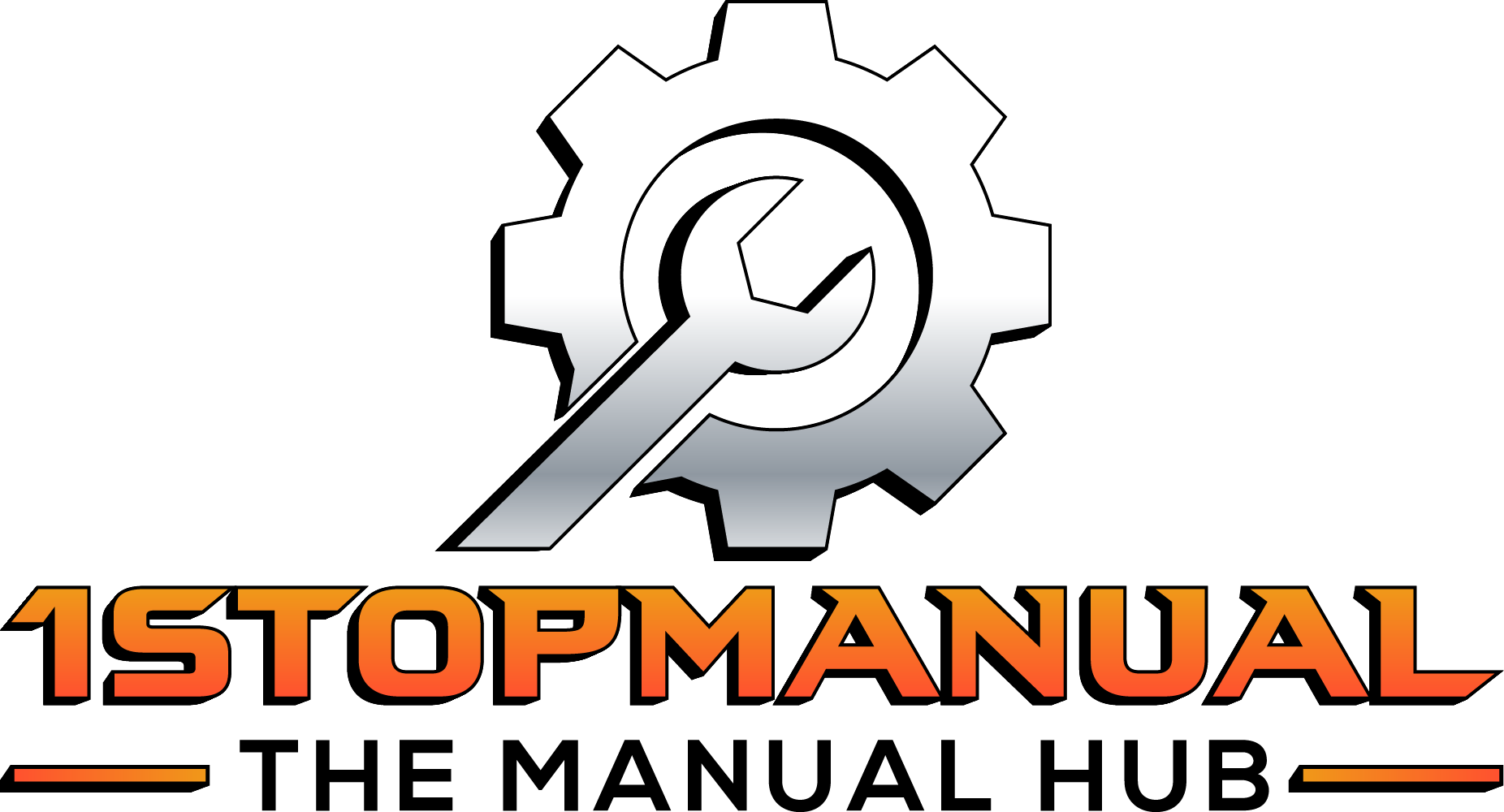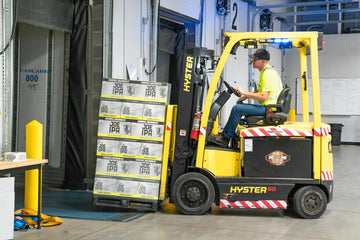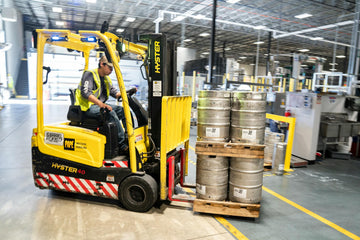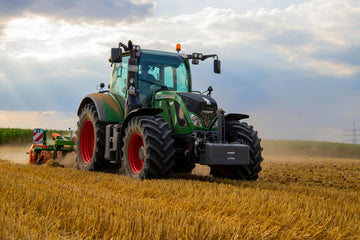Forklifts are one of the most important tools for factories and businesses. Warehouses, factories, and construction sites use forklifts every day to move heavy loads. Without forklifts, it would take a lot more time and effort to lift and transport materials.
According to the Industrial Truck Association, more than 4.5 million people in the U.S. operate forklifts in more than 300 different industries.
But just like any machine, forklifts need care and maintenance to work well. Regular maintenance helps forklifts stay safe and avoid breaking down. If a forklift breaks down during work, it can cause delays and even accidents.
Over 20% of forklift accidents happen because the forklift wasn’t maintained properly.
When forklifts are not cared for, several problems can occur:
-
The engine might stop working.
-
Forklifts may lose power or lift slowly.
-
Brakes could fail, which is very dangerous.
-
Small leaks or worn-out parts can lead to expensive repairs if ignored.
This guide is for the beginners. You don’t need to be an expert to take care of your forklift. The steps are simple and easy to follow.
Sometimes, forklifts show small signs that something is wrong. If you catch these signs early, you can fix the issue before it gets worse. This can prevent costly repairs and keep your business running without delays.

Know Your Forklift (Know the Basics)
Before you start fixing or maintaining a forklift, it’s good to know the basic parts. Forklifts may look simple, but they have many working parts to lift, carry, and move heavy loads.
Here are the key parts you should know:
-
Engine (or Battery for Electric Forklifts): This powers the forklift. Fuel-powered forklifts have engines, while electric ones use large batteries. Without power, the forklift won’t move or lift anything.
-
Hydraulics: Hydraulics help the forklift raise and lower the forks. When you press the lifting lever, the hydraulic fluid pushes the forks up.
-
Tires: Tires help the forklift move. Some forklifts have solid rubber tyres for indoor use, while others have bigger tyres for outdoor work.
-
Forks (or Blades): These are the long metal parts that lift pallets and other materials.
-
Mast: The mast is the upright part that the forks slide up and down on. It helps control how high the forklift can lift.
-
Counterweight: On the back of the forklift, this heavyweight stops the forklift from tipping over when lifting heavy items.
-
Steering Wheel and Controls: These let the operator drive and lift loads.
Electric vs. Fuel-Powered Forklifts
-
Electric Forklifts – Quieter, no emissions, good for indoor use. They run on rechargeable batteries.
-
Fuel-Powered Forklifts – Stronger and better for outdoor jobs. They use gas, diesel, or propane. These forklifts are louder and need regular engine checks.
Forklift Maintenance Essentials
Taking care of your forklift every day, week, and month keeps it working longer and prevents costly repairs. Here’s an easy guide for what to check and when.
Daily Tasks (Easy Checks Before Use)
Before you start using the forklift each day, do a quick inspection. This can take just a few minutes but can prevent big problems later.
-
Tyres: Check for any cuts, cracks, or flat tyres. Worn-out tyres can cause accidents.
-
Fluids: Look at hydraulic fluid, engine oil (for fuel forklifts), and coolant. Low fluid can damage parts.
-
Brakes: Test the brakes by pressing them a few times. If they feel soft or slow, the forklift may not stop in time.
-
Leaks: Check under the forklift for any puddles or drips. Leaks can be dangerous and damage the forklift.
-
Lights and Horn: Test all lights, including the brake lights. Make sure the horn works – it helps warn others around you.
-
Steering: Turn the wheel to check if it moves easily. A hard-to-turn wheel can lead to steering problems.
-
Loose Bolts/Parts: Walk around the forklift and gently touch parts. If anything feels loose, tighten it.
Weekly and Monthly Tasks
Some tasks don’t need to be done every day but should be checked once a week or month. These take a little longer but help prevent major breakdowns.
-
Clean the Forklift: Dirt and debris can get into the engine and other parts. A clean forklift works better and lasts longer.
-
Lubricate Moving Parts: Apply grease to joints and moving parts to prevent wear and tear. This reduces friction, helping the forklift run smoothly.
-
Battery (Electric Forklifts): Make sure the battery is fully charged. Check for rust or dirt on the terminals and clean them if needed.
-
Belts and Hoses: Look for cracks, fraying, or signs of wear. Replace damaged belts or hoses right away to avoid leaks or power loss.
-
Chains and Mast: Inspect the chains for rust or looseness. A damaged chain can snap, causing serious accidents.
-
Hydraulics: Test the hydraulic system by raising and lowering the forks. If the forks move slowly or make strange noises, the system may need fluid or repairs.
By following this checklist, you can keep your forklift in top condition and avoid expensive repairs.

Common Forklift Problems and How to Troubleshoot
Even with regular maintenance, forklifts can have problems. Knowing the signs early can help you fix small issues before they turn into big repairs.
Here are some common forklift problems and how to troubleshoot them.
Problem 1: The Forklift Won’t Start
Symptoms:
-
The forklift makes a clicking noise but doesn’t start.
-
There is no response when turning the key.
-
The engine cranks but doesn’t start.
Causes:
-
Battery Problems: The battery might be dead or low on charge. Corroded battery terminals can also stop power from flowing.
-
Fuel Issues (For Fuel Forklifts): The forklift may be out of gas, diesel, or propane.
-
Electrical Faults: Loose or damaged wires can prevent the engine from starting.
Solution:
-
Check the Battery: For electric forklifts, make sure the battery is fully charged. For fuel forklifts, check the battery for corrosion and clean the terminals.
-
Fuel Check: Ensure there is enough fuel in the tank. For propane forklifts, make sure the tank is securely attached.
-
Inspect Wiring: Look for loose wires or connections. Tighten or replace any damaged wires.
-
Starter Motor: If the forklift still won’t start, the starter motor may need professional repair or replacement.
Problem 2: Forklift Loses Power While Operating
Symptoms:
-
The forklift moves slower than normal.
-
It struggles to lift heavy loads.
-
The forklift stalls during operation.
Causes:
-
Low Hydraulic Fluid: Without enough hydraulic fluid, the forklift can’t lift properly.
-
Dirty Air or Fuel Filters: Filters clogged with dirt can reduce engine power.
-
Engine Issues: A dirty or worn-out engine may not perform well.
Solution:
-
Refill Hydraulic Fluid: Check the hydraulic fluid level and refill it if needed. Make sure to use the correct type of fluid.
-
Clean or Replace Filters: Air and fuel filters should be checked and cleaned regularly. Replace them if they look dirty or clogged.
-
Inspect the Engine: Look for signs of overheating or leaks. If the engine still loses power, have a professional inspect it.
Problem 3: Unusual Noises from the Forklift
Symptoms:
-
Grinding or squeaking when lifting.
-
Knocking sounds from the engine.
-
Rattling noises while driving.
Causes:
-
Worn-out Brakes: Brake pads can wear down over time, causing grinding sounds.
-
Loose Bolts or Parts: Parts that aren’t tightened properly may rattle or knock.
-
Engine Trouble: Strange engine noises can mean worn-out parts or low oil levels.
Solution:
-
Tighten Bolts: Walk around the forklift and tighten any loose bolts or screws.
-
Lubricate Moving Parts: Apply grease to joints and parts that move often to stop squeaking or grinding.
-
Replace Brake Pads: If the brakes are making noise, replace the pads before they wear out completely.
-
Check the Engine: Listen closely to the engine and look for oil leaks. If the noise continues, call a mechanic for further inspection.
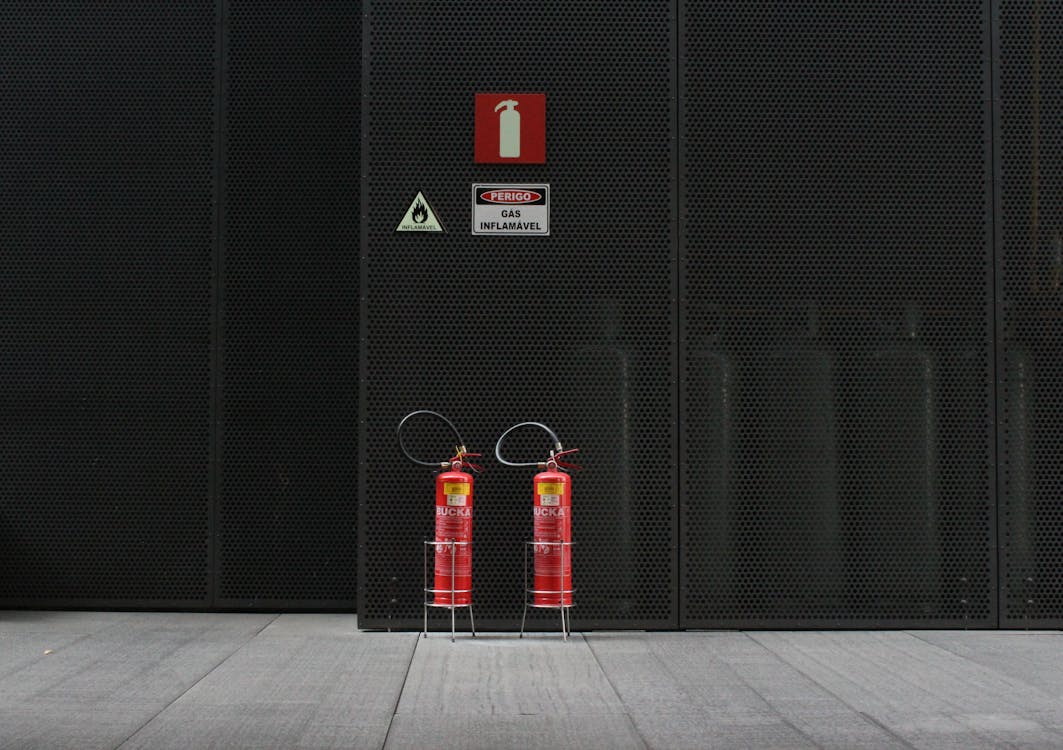
Safety Tips While Performing Maintenance
Keeping safety in mind is very important. A small mistake can lead to accidents or damage. Follow these simple safety tips to protect yourself and your forklift.
1. Turn Off the Forklift
-
Always switch off the forklift before checking or fixing anything. Never work on a running forklift – moving parts can cause injury.
-
Remove the key and keep it in a safe place to avoid accidental startups.
2. Use Protective Gear
-
Wear gloves to protect your hands from sharp parts and hot surfaces.
-
Use safety goggles to prevent dirt, debris, or fluid from getting into your eyes.
-
If you are working under the forklift, use a hard hat for extra protection.
3. Follow the Manual
-
Every forklift is different. Always read the manual before performing maintenance.
-
Manuals give step-by-step instructions for safe repairs. If you don’t have a manual, get one from 1StopManual.com.
4. Don’t Ignore Warning Lights
-
If any warning lights appear on the dashboard, stop and inspect the problem immediately.
-
Ignoring small warnings can lead to bigger (and more expensive) problems.
5. Don’t Overload the Forklift
-
Even during testing or repairs, never lift loads beyond the forklift’s limit. Overloading can damage parts or cause the forklift to tip over.
By following these safety steps, you can ensure that both you and your forklift stay in great shape.
When to Call a Professional
Some forklift problems are too complex for a beginner to fix. If you experience any of the following issues, call a professional technician:
-
Major Leaks: Large fluid leaks under the forklift.
-
Engine Failure: The engine won’t start or stalls frequently.
-
Electrical Faults: Sparks, burning smells, or flickering lights.
-
Strange Vibrations: If the forklift shakes or vibrates heavily, stop using it immediately.
Conclusion
Thank you for reading this beginner's guide! By following these simple tips, you can keep your forklift running smoothly for years.
If you need more detailed instructions or repair manuals, visit 1StopManual.com. We have manuals that make even the hardest repairs easy for beginners.
See you next time!
